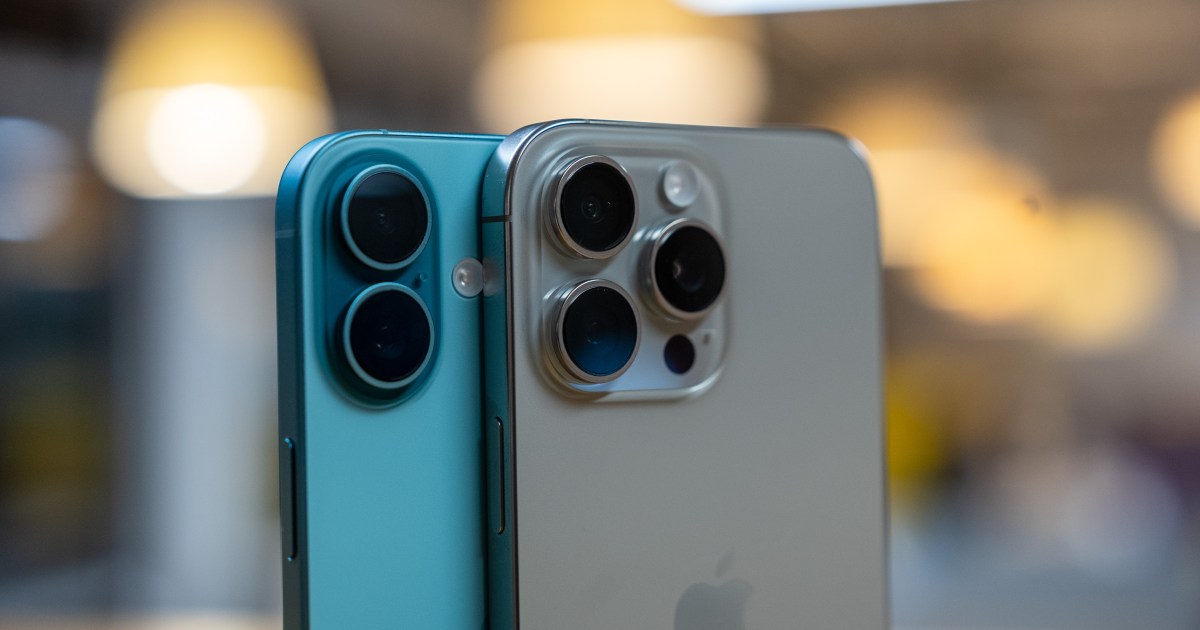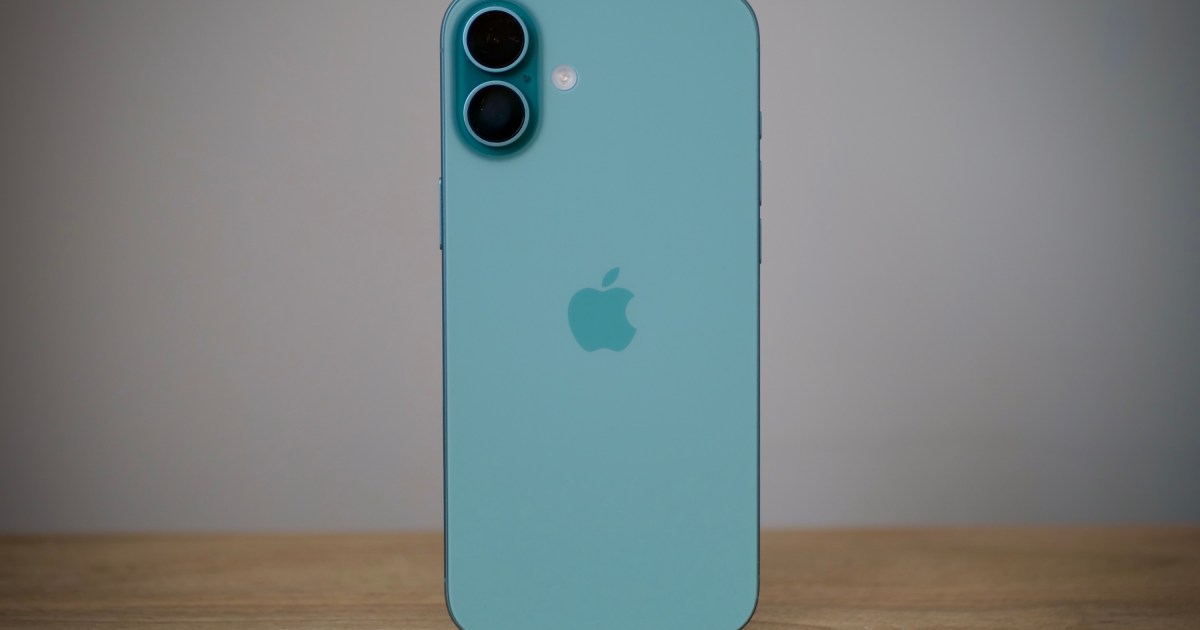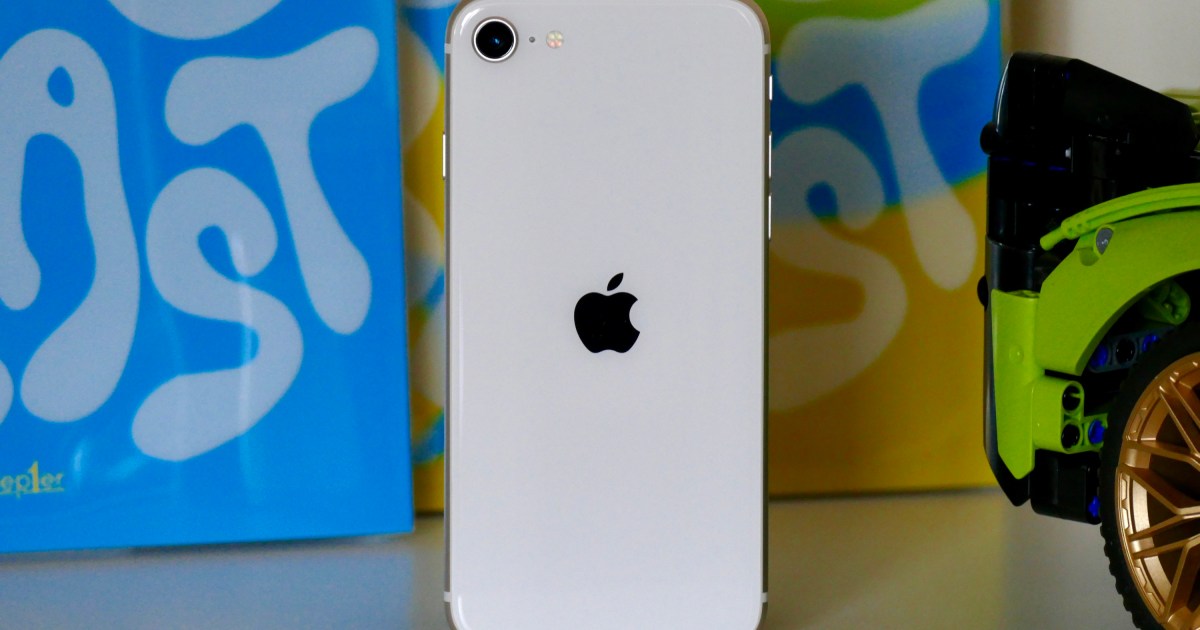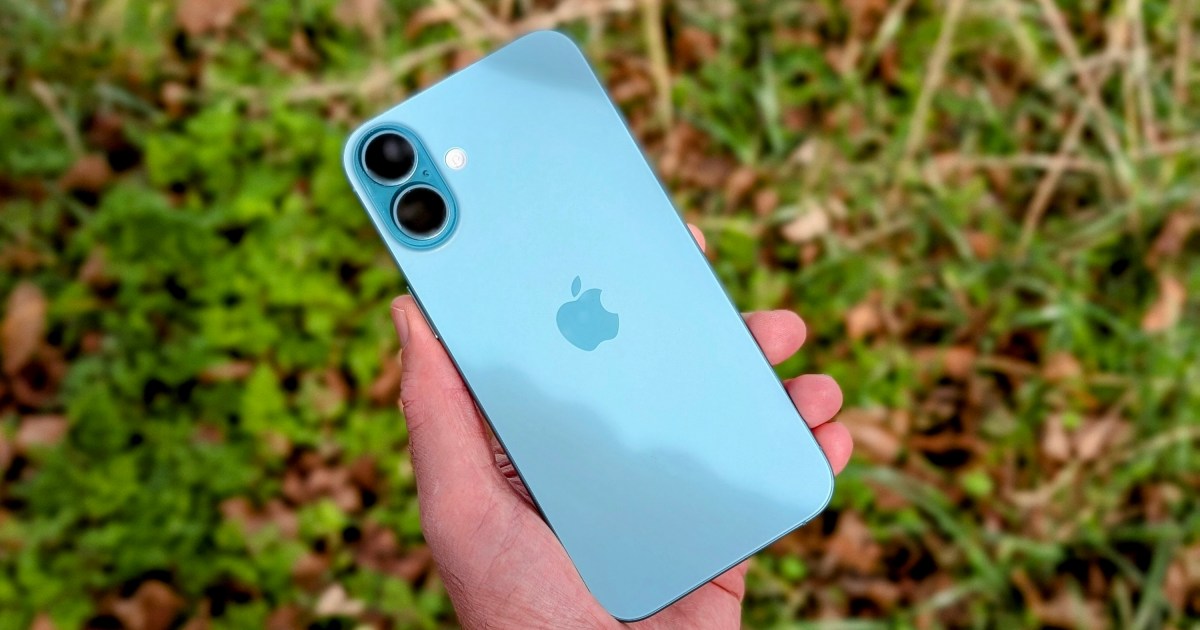Apple is known for its vertical integration strategy, bringing more of its hardware components in-house. The switch from Intel to its own M-series chips was a prime example. Now, Apple is setting its sights on replacing another crucial component: the cellular modem currently supplied by Qualcomm.
According to Bloomberg’s Mark Gurman, Apple plans to introduce its own cellular modem in iPhones and iPads starting next year. This transition will unfold over three years and encompass three modem generations, ultimately ending Apple’s reliance on Qualcomm.
The first modem, codenamed Sinope, is expected to debut in the iPhone SE 4 next year. This highly anticipated refresh is rumored to feature a modern design, ditching the outdated thick bezels and Touch ID for a more contemporary look. It will also include an updated processor and support for Apple Intelligence.
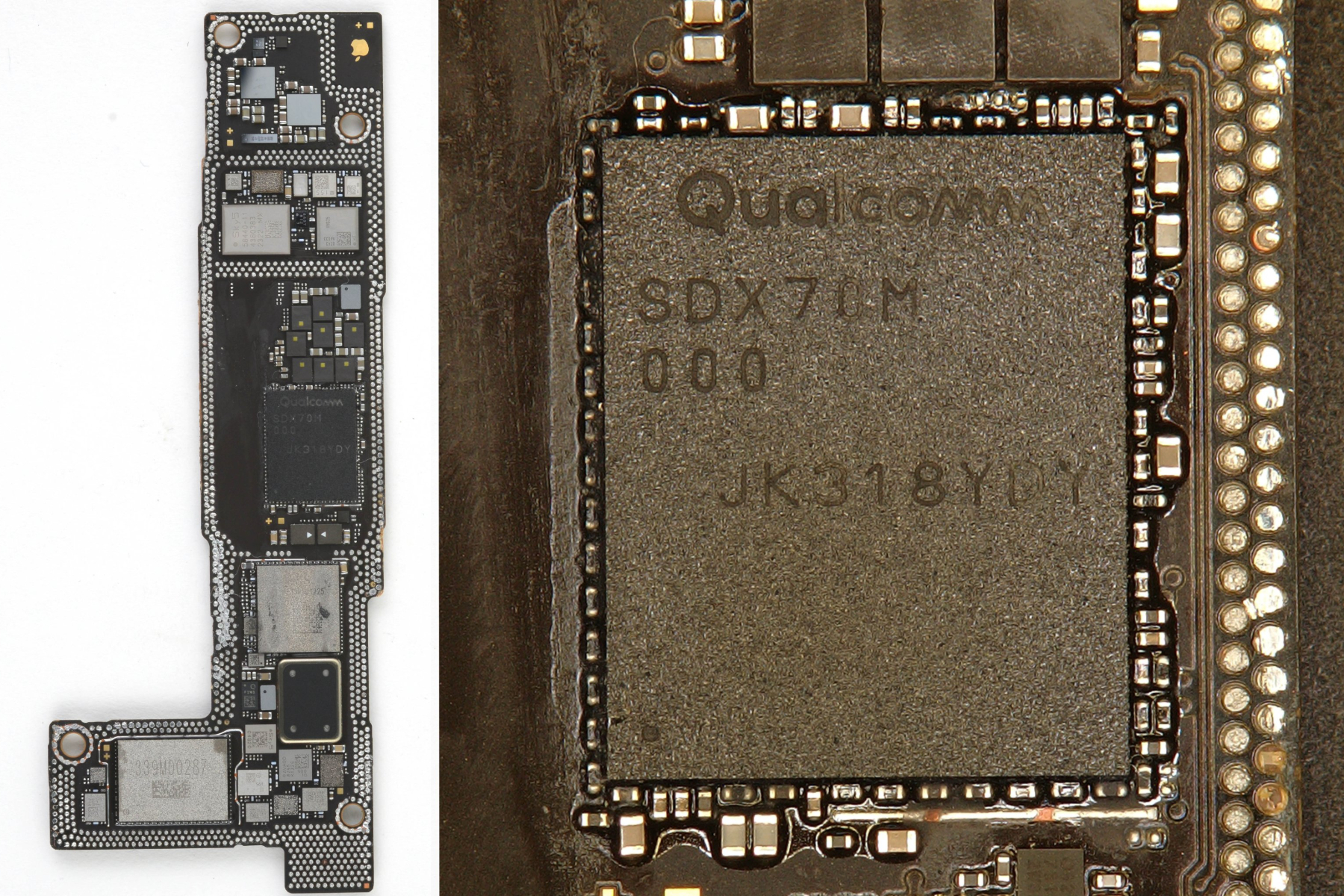 Qualcomm cellular hardware fitted inside iPhone 15. @MokhtariShahram / xApple’s in-house modem is expected to debut in the iPhone SE 4.
Qualcomm cellular hardware fitted inside iPhone 15. @MokhtariShahram / xApple’s in-house modem is expected to debut in the iPhone SE 4.
The Sinope modem is also slated to appear in the iPhone 17 Slim (or Air), a significantly thinner model expected in the second half of 2025, and in the next generation of the entry-level iPad.
However, this first-generation modem won’t be the fastest or most technologically advanced compared to Qualcomm’s offerings. It will be limited to the Sub-6GHz frequency band and won’t support mmWave 5G, which theoretically offers speeds up to 10Gbps.
Sub-6GHz, however, is the dominant 5G band globally, particularly in developing countries, due to its superior coverage and signal penetration, making it suitable for widespread deployment, including in non-urban areas. The current iPhone SE also lacks mmWave 5G support.
The Sinope modem will offer tighter carrier aggregation (four versus six on Qualcomm modems), a technology that combines frequency blocks from multiple carriers to increase bit rate through higher bandwidth. Bloomberg reports that in lab tests, the first Apple modem reached download speeds of around 4 gigabits per second, lower than the top speeds of non-mmWave Qualcomm modems, though real-world speeds are typically much lower. Apple also plans to offer dual-SIM dual-standby cellular data functionality.
Apple’s approach involves deeper integration of the cellular modem with other internal components. Manufactured by TSMC, Apple’s usual partner, the modem will be closely linked with the A-series processor for improved energy efficiency and better cellular networking performance.
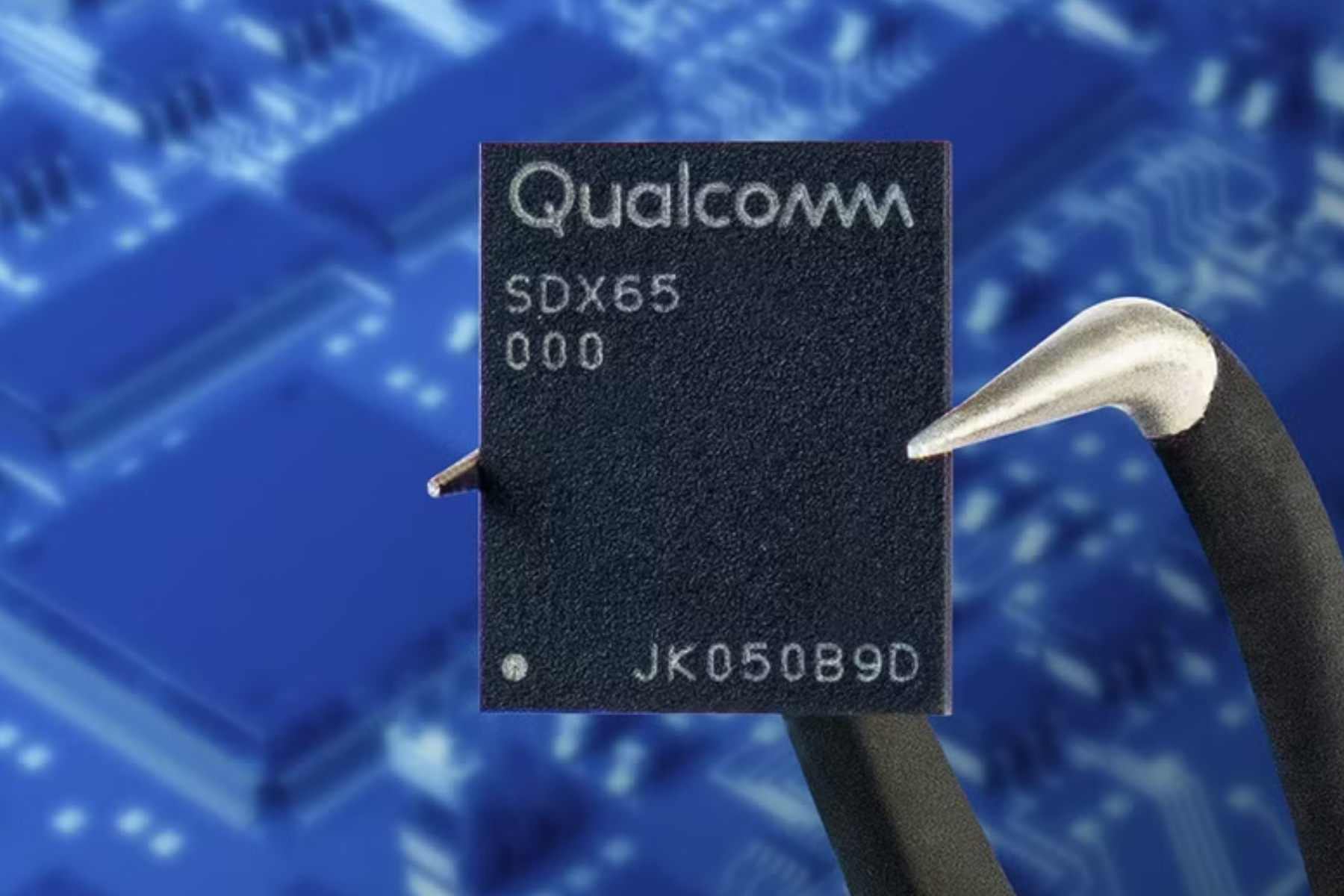 Qualcomm X65 cellular modem.Apple plans to integrate its modem more closely with the A-series processor.
Qualcomm X65 cellular modem.Apple plans to integrate its modem more closely with the A-series processor.
In 2026, an upgraded modem codenamed Ganymede is planned for the iPhone 18 series and higher-end iPads launching in 2027. This version will support faster mmWave 5G and improved carrier aggregation. Eventually, Apple aims to integrate the modem directly into the main board.
Apple’s most ambitious effort, Prometheus, named after the Greek mythological figure who gave fire to humanity, is expected in 2027. This modem is intended to surpass Qualcomm’s offerings in performance and include satellite connectivity support.
Apple’s modem development gained momentum after recruiting talent from Qualcomm. Although Apple acquired Intel’s smartphone modem business in 2019, initial progress was reportedly hampered by technical challenges, causing delays.
Interestingly, Qualcomm President Cristiano Amon, in an interview with MaagX at IFA 2023, stated that it would take Apple years to develop its own cellular modem and expressed confidence in Qualcomm’s continued role as an Apple supplier.
Apple’s transition to in-house modems represents a significant shift in the mobile landscape. While the initial offering might not match Qualcomm’s current performance, Apple’s long-term vision of tighter integration and enhanced efficiency could redefine cellular connectivity in its devices. The next few years will be crucial in determining the success of this ambitious undertaking.



